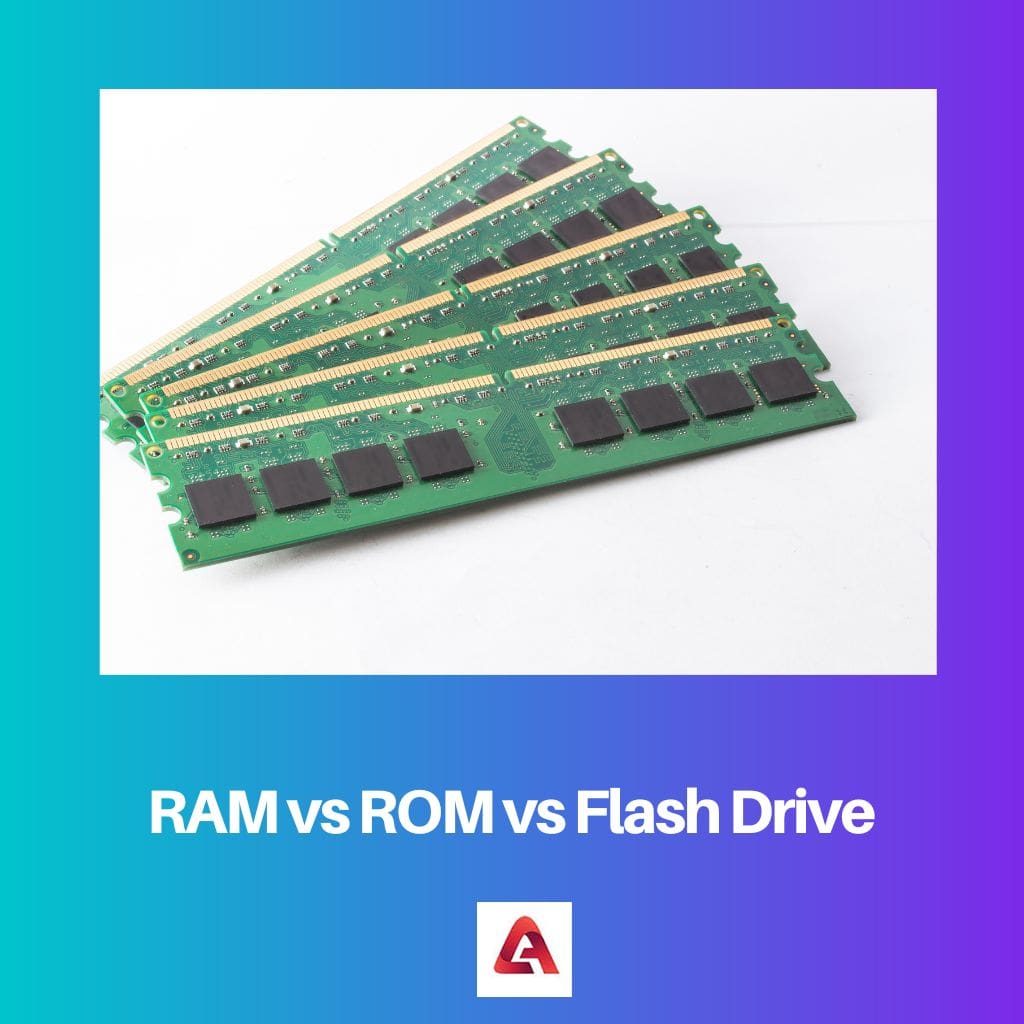Key Takeaways
- RFID (Radio Frequency Identification) is a general term for using radio waves to identify and track objects. At the same time, MIFARE is a specific type of RFID technology developed by NXP Semiconductors, following the ISO/IEC 14443 standard.
- MIFARE cards and tags operate at a frequency of 13.56 MHz and offer different memory capacities. For example, MIFARE Classic has lower memory, while MIFARE DESFire provides higher security and larger memory.
- NFC (Near Field Communication) is a subset of RFID technology that operates at the same frequency. NFC enables short-range communication, within a few centimeters, and supports three modes: card emulation, peer-to-peer mode, and reader/writer mode. NFC is commonly used for contactless payments, access control, and data transfer between devices.
What is MIFARE?
MIFARE was developed by NXP Semiconductors, formerly known as Philips Semiconductors. It is a family of contactless smart cards and reader ICs.
The frequency of functioning in MIFARE cards is 13.56 MHz. MIFARE technology is widely employed for a variety of applications. One can use this technology for access control, transportation, electronic payments, loyalty programs, and other work.
You can use these cards in several forms as well. You can embed them in smart cards, wristbands, key fobs, and stickers. It is secure as well. It comes with encryption and authentication.
This technology includes access control, which makes it a favored option for applications that require a high grade of security.
What is RFID?
Radio Frequency Identification, or RFID, can use radio waves to track objects. The whole process utilizes radio waves. RFID systems have a reader and a tag. While the reader sends out radio waves, the tag receives them.
RFID tags have two types, passive and active. Passive tags do not need power, but active tags fetch power from a battery. The transmit distance can be several meters.
Professionals use RFID technology in asset tracking, inventory, and supply chain management operations. You can tie RFID to vehicles or anything else you want to track. You will receive their real-time location.
What is NFC?
NFC stands for Near Field Communication. This technology allows communication between devices wirelessly. It can only work when the devices are close together within 10 cm.
The technology used in NFC resembles the techniques used in RFID. Additionally, it permits two-way communication between devices. Devices with NFC can read and write data.
NFC is present with us daily. This technology is used in contactless payment systems like Apple Pay and Google Wallet. The smartcard you use to access gates of public transportation also carries NFC.
Difference Between MIFARE and RFID, and NFC
- The operation range of MIFARE and NFC is up to 10 cm, whereas RFID’s operation range can go up to several meters.
- MIFARE takes up its power from the reader, and RFID becomes passive or active depending on the available frequency and protocol. NFC, on the contrary, is powered by mobile devices or readers.
- MIFARE and RFID have encryption, access control, and authentication. But the security available in RFID depends on its implementations.
- Implementing MIFARE in an existing system is relatively easy but challenging in the case of RFID. NFC can be added to mobile easily.
- MIFARE is commonly used in electronic payments and loyalty programs, whereas RFID is used in inventory and supply chain management. NFC can do contactless payments and ticketing.
Comparison Between MIFARE and RFID, and NFC
| Parameter of Comparison | MIFARE | RFID | NFC |
|---|---|---|---|
| Range of operation | The operation range of MIFARE is up to 10 cm. | Here the operation range can go up to several meters. | Its operation range also goes up to 10 cm. |
| Supported standards | Here it is, ISO/IEC 14443 A/B. | Its support standards vary depending on frequency and protocol. | ISO/IEC 18092 is its supporting standard. |
| Security features | It has built-in encryption, access control, and authentication. | Based on the implementation, the security features vary. | It also comes with encryption, authentication, and access control. |
| Transfer speed of involved data | Here, the data gets shared up to 424 kbps. | It does not have any fixed rate of data transfer. | Here also, the data speed can rise to 424 kbps. |
| Integration | If the system is already existing, then the integration becomes easy. | Integrating RFID into existing systems takes a lot of work. | One can easily incorporate it into mobile devices. |




